The most effective ways to get rid of horseradish in the garden quickly and forever
Horseradish is a spicy and aromatic seasoning of traditional Russian cuisine. Sometimes its cultivation in a separate bed turns into an uncontrolled spread for the summer resident throughout the site to the detriment of other plants. How to get rid of horseradish in the garden quickly and forever, read the article.
The content of the article
Why get rid of the shit
Horseradish - a perennial herb, characterized by a powerful branched root system. It multiplies from the smallest piece of root and starts growing. That is why horseradish bushes are able to quickly and uncontrollably fill the site, preventing other crops from growing.
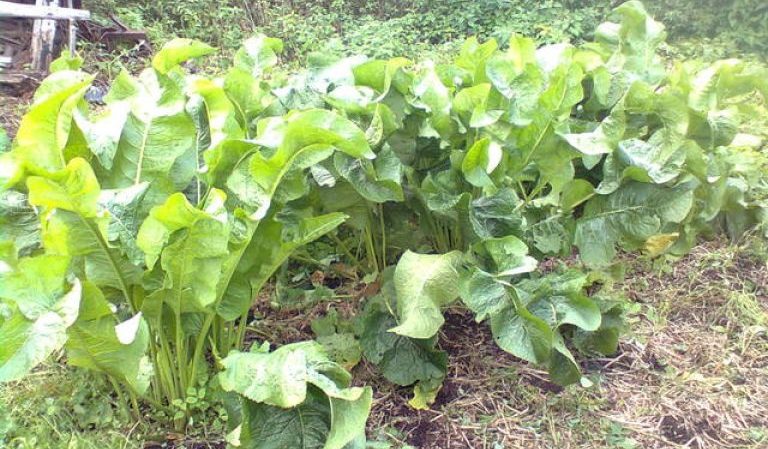
Why is it so hard
A powerful root system that sprouts up to 7 m deep, making horseradish hatching a challenge... It is almost impossible to pull the entire root out of the ground without breaking it. The remaining parts are tenacious and quickly sprout out of many buds, which give rise to several new plants at once.
How to remove horseradish in the garden
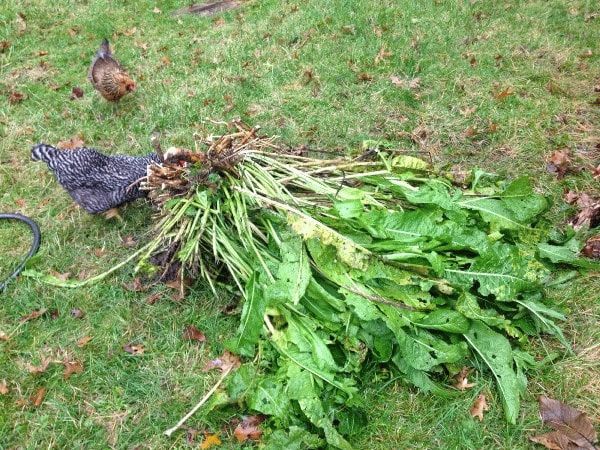
The process of getting rid of horseradish in the garden is laborious, takes a lot of time and sometimes lasts up to several years. To remove this plant, gardeners use a whole range of methods:
- mechanical;
- agrotechnical;
- chemical;
- folk.
Mechanically
To destroy the invading plant mechanically, it is necessary to completely dig out its rhizome. In this case, it is recommended to use not a shovel, but a pitchfork. Using this tool, the earth around the bush is loosened, after which they easily pry off and carefully pull out the processes, trying not to damage or tear them.
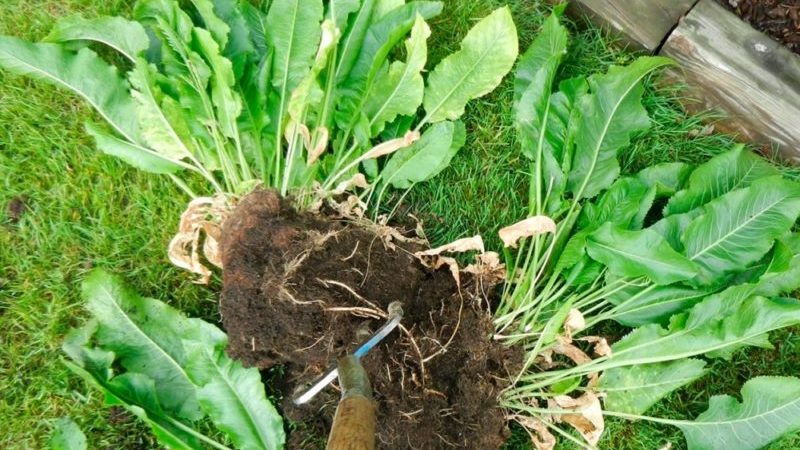
This method has several disadvantages:
- Labor intensity. To completely remove the rhizome, a large amount of soil has to be manually turned over.
- High risk of damaging the rhizome. The remaining processes begin to actively grow and spread throughout the entire area of the site.
- Impossibility to use in places where other cultivated perennial plants grow due to the risk of damaging them.
Regular cutting (mowing) of the aerial part of the plant immediately after its appearance during the entire growing season weakens horseradish bushes and leads to their death in winter.
Agrotechnical methods

The harmless agrotechnical methods of fighting horseradish include:
- blackout;
- replanting other plants;
- late fertilization with ammonium nitrate.
The essence of the darkening method consists in the fact that in the spring, when the first shoots appear, the bush is covered with a hard, dense material (a sheet of iron or flat slate, roofing material) and pressed down with a load to completely block the access of light. By the next spring, the root system is dying.
Method of replanting other perennial plants suitable only for areas where it is not planned to plant annual crops. The place occupied by horseradish is planted with fruit or ornamental shrubs. The height of these plants significantly exceeds the size of horseradish. Therefore, it begins to lack sunlight, moisture and nutrients, the bulk of which are consumed by larger neighbors. Staying in unfavorable conditions, the weed gradually weakens and dies.
To weaken the horseradish and prevent it from preparing for winter, they practice summer dressing with ammonium nitrate. Beginning in the middle of summer, the leaves are cut, exposing the root, and filled with a solution of nitrate.The high nitrogen content stimulates active growth of green mass and does not allow the rhizome to stock up on nutrients. As a result, the plant is unprepared for wintering and dies with the onset of cold weather.
Reference. For better penetration of ammonium nitrate, the rhizome is cut crosswise and covered with a moisture-proof material so that the substance does not wash away in the rain.
Using herbicides
You can fight the invading plant with chemical agents. This is one of the most effective ways. However, penetrating deep into the soil, aggressive chemicals not only destroy the weed, but also have a detrimental effect on beneficial crops. Therefore, the use of herbicides is justified in areas not planted with other plants. Otherwise, the introduction of such drugs is carried out pointwise to reduce their harmful effect.
The most effective in the fight against weeds, including horseradish, systemic drugs "Roundup", "Hurricane" and "Tornado"... Before applying herbicides, it is recommended to cut the leaves of the plant in such a way as to expose the upper part of the rhizome as much as possible. Using a sharp knitting needle or wire, the root is pierced in several places. Undiluted herbicide is injected into the holes made with a 20 cc syringe, trying to inject the drug as deep as possible.

Attention! There is no guarantee that it will be possible to remove horseradish from the site after the first application of the chemical.
In addition to systemic preparations, soil-based herbicides are also used to combat dicotyledonous weeds: Agritox, Merlin, Estet... They are introduced into a pre-moistened soil along with water for irrigation, abundantly moistening the bush. It is advisable to carry out this procedure during the rain for more effective absorption of poisons.
Folk methods
Traditional methods of fighting horseradish have gained popularity due to the safety both for humans and for cultivated plants. The most effective methods include:
- Treatment of bushes with boiling water. The bushes are watered with it several times.
- Watering with concentrated infusion of chicken manure. Promotes root burning and weed death.
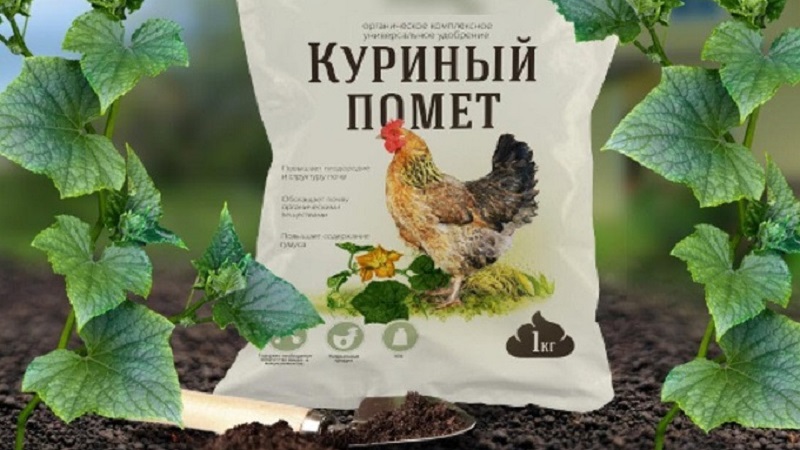
- Sowing a vegetable garden with siderates for the winter. Occupying a useful area and absorbing nutrients from the soil, they prevent the growth of weeds, including horseradish. Usually, rye is used for these purposes, which has a powerful root system and clogs all the plants around the perimeter of the planting.
Although horseradish is an unpretentious culture, it still dies in an alkaline and acidic environment. Therefore, it is practiced to water the weed with a solution of citric acid and vinegar, as well as sprinkle the surface of the soil around the bush with table salt.
Attention! Excessive use of salt leads to salinity of the soil and its unsuitability for growing vegetables. Therefore, it is recommended to fill each bush with no more than 1-2 handfuls of salt.
Which method is the most effective
There is no unequivocal answer to the question of which of the fighting methods is the most effective. It all depends on a number of factors: the maturity of the bush, soil characteristics, the degree of damage to the site, local agro-climatic conditions.
Reference. Most often, a positive result is obtained by the complex application of various methods that each gardener chooses individually, depending on the situation.
Horseradish overgrowth prevention
If you deliberately plant horseradish on your site, we recommend taking care that the plant does not grow uncontrollably. To do this, confine its root system to a small, enclosed space by planting a bush in a dug metal bucket, old barrel or box with dense walls.
When planting on an open bed, a solid fence is erected, deepened into the soil by at least 0.5 m. This prevents the lateral roots from penetrating beyond its limits.In addition, the low side above the surface of the earth prevents overgrowth.
It is interesting:
Is it possible to horseradish during pregnancy and breastfeeding
Uses of horseradish leaves and their health and beauty benefits
Advice from experienced gardeners
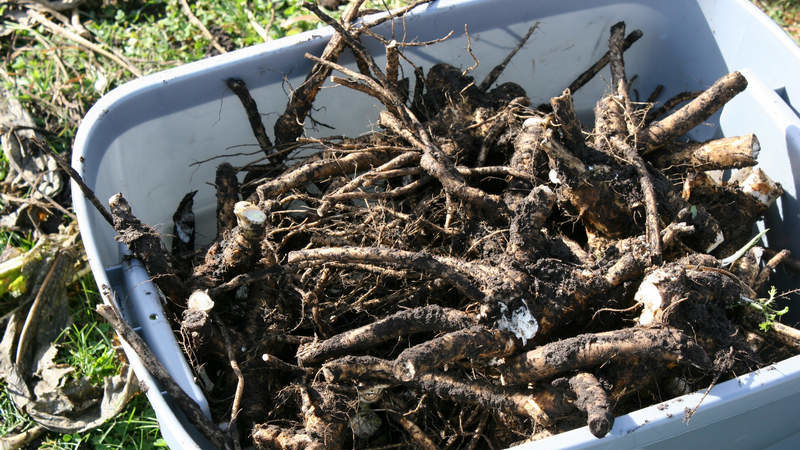
Experienced gardeners own a considerable arsenal of tools and practical advice on fighting horseradish. Here are some of them:
- It is best to dig up the weed in early spring while the soil is still loose.
- Removed roots are not disposed of in the compost heap. They are taken out of the site and destroyed.
- For safe cultivation, horseradish is planted in a buried container, for example, a small barrel or a regular bucket.
- When darkening horseradish shoots, a thorough inspection of the shelter is recommended in order to identify cracks and tightness.
- For plowing a plot in autumn or spring, unnecessary bushes are first manually removed so as not to spread scraps of roots throughout the area.
Conclusion
Growing horseradish is a very responsible occupation. Improper farming practices lead to over-spreading of the plant. To overcome it, various methods are used - from chemical to folk. Their efficiency is not always high, and the process of removing a plant from a site itself is a lot of trouble, takes a lot of time and effort. Therefore, it is recommended to worry about the place of planting the horseradish in advance, so that its cultivation is only beneficial.